
Face Expression Recognition using OpenCV, Python
₹5,000.00 Exc Tax
3D IR Based Pattern Recognition For Face Expression Recognition
Platform : Python
Delivery Duration : 3-4 working Days
100 in stock
Description
ABSTRACT
In human-human communication we use verbal, vocal and non-verbal signals to communicate with others. Facial expressions are a form of nonverbal communication, recognizing them helps to improve the human-machine interaction. This paper proposes a system for pose- and illumination-invariant recognition of facial expressions using near-infrared camera images and precise 3D shape registration. Precise 3D shape information of the human face can be computed by means of constrained local models (CLM), which fits a dense model to an unseen image in an iterative manner. We used a NN to classify the acquired 3D shape into different emotion categories. Results surpassed human performance and show pose-invariant performance. Varying lighting conditions can influence the fitting process and reduce the recognition precision. We built a near-infrared and visible light camera array to test the method with different illuminations. Results shows that the near-infrared camera configuration is suitable for robust and reliable facial expression recognition with changing lighting conditions.
DEMO VIDEO
OBJECTIVE
Main objective The design of face recognition algorithms that are effective over a wide range of viewpoints, complex outdoor lighting, occlusions, facial expressions, and aging of subjects, is still a major area of research. Before one claims that the facial image processing / analysis system is reliable, rigorous testing and verification on real-world datasets must be performed, including databases for face analysis and tracking in digital video.
INTRODUCTION
With advances in computing and telecommunications technologies, digital images and video are playing key roles in the present information era. Human face is an important biometric object in image and video databases of surveillance systems. . Face recognition has a critical role in biometric systems and is attractive for numerous applications including visual surveillance and security. Because of the general public acceptance of face images on various documents, face recognition has a great potential to become the next generation biometric technology of choice. Face images are also the only biometric information available in some legacy databases and international terrorist watch-lists and can be acquired even without subjects’ cooperation.
Though there has been a great deal of progress in face detection and recognition in the last few years, many problems remain unsolved. Research on face detection must confront with many challenging problems, especially when dealing with outdoor illumination, pose variation with large rotation angles, low image quality, low resolution, occlusion, and background changes in complex real-life scenes.
PREPROCESSING
- Image preprocessing for face detection / recognition
- Color-based facial image processing and analysis
- De-blurring and super-resolution for robust face detection / recognition
FACE AND FEATURE DETECTION
- Face detection for best-shot selection
- Facial feature detection and extraction
- 3D head modeling and face tracking
METHODS
- Subspace / kernel methods for face recognition
- Non-linear methods for face modeling
- Bionic face representation
- Ensemble learning for face classification
KEY PROBLEMS
- Outdoor illumination
- Large pose variations
- Mid-term and long-term aging
- Occlusion and disguise
- Low quality and low resolution
- Generalization problem due to lack of enough training examples
BLOCK DIAGRAM
ADVANTAGES
- Time Consuming
- Complexity is low
APPLICATIONS
- Facial gesture recognition
- Real-time processing solutions and systems
- Face-based surveillance, biometrics, and multimedia applications
- Face recognition in compressed domain
REFERENCES
[1] Ming-Hsuan Yang, David J. Kriegman and Narendra Ahuja, “Detecting Faces in Images: A Survey”, IEEE Transactions OnPattern Analysis And Machine Intelligence, Vol 24, No 1, pp 33-58, January 2002.
[2] E. Hjelmas et B. K. Low. Face detection: A survey. Computer Vision and Image Understanding, 2001.
[3] Abate, A. F., M. Nappi, D. Riccio et G. Sabatino. 2007. « 2D and 3D face recognition: A survey ». Pattern Recogn. Lett.,vol. 28, no14, p.1885-1906.
[4] L.A. Zadeh. Fuzzy sets. Inf.control, 8, 1965.
[5] J. C. Bezdek. Pattern recognition with fuzzy objective function algorithms. Plenum Press, 1981.
[6] Chen, M.S., Wang, S.W. Fuzzy clustering analysis for optimizing fuzzy membership functions. Fuzzy Sets and Systems, 103, 239-254,1999.
[7] Zhen W.Z.-Xie W.X Fan, J.L. Suppressed fuzzy c-means clustering algorithm. Pattern Recognition Letters, 24, 2003.
[8] Z. Hammal, N. Eveno, A. Caplier, , Py. Coulon, Parametric models for facial features segmentation, Volume 86, Issue 2, February 2006,Pages 399–413, Signal Processing
[9] M. Wooldridge and N. Jennings. Intelligent agents: Theory and Practice. The knowledge Engineering Review, pages 26–37, 1995.
[10] Yin, L., Basu, A. (2002). Color-Based Mouth Shape Tracking for synthesizing Realistic Facial Expressions, International Conferenceon Image Processing (ICIP’2002), pp. 161-164, Rochester, USA


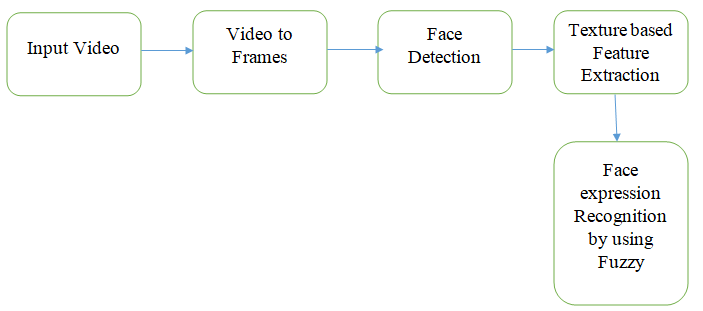

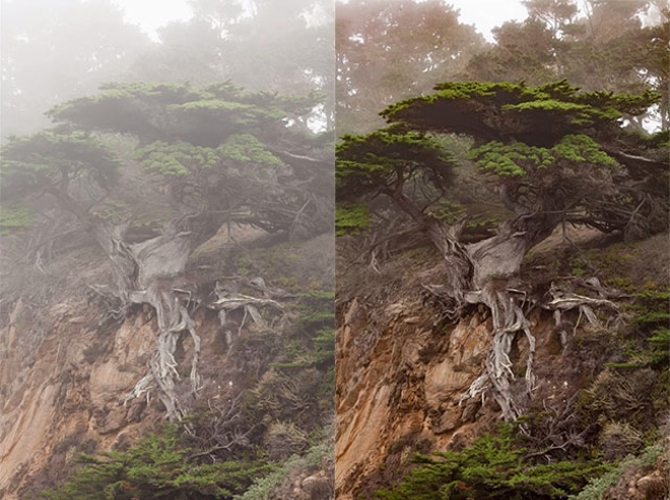
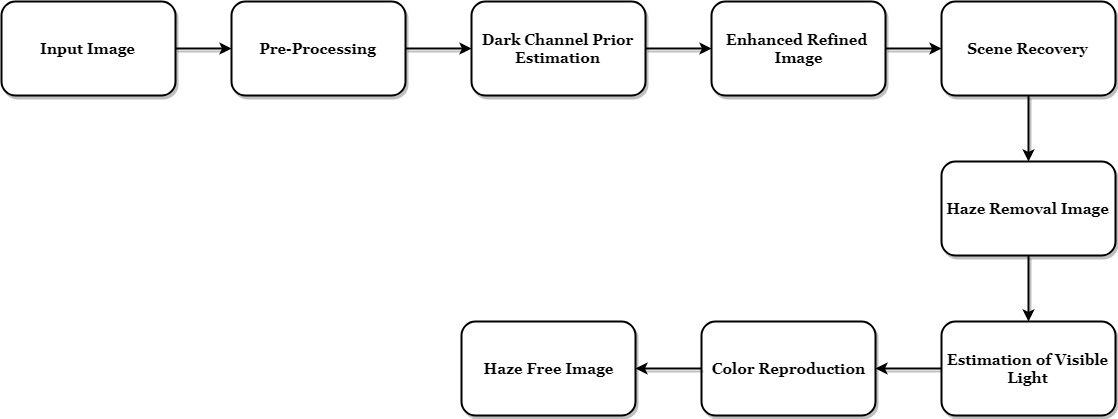
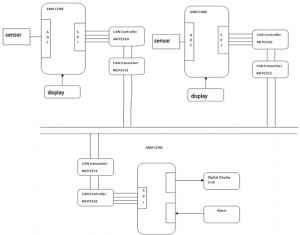
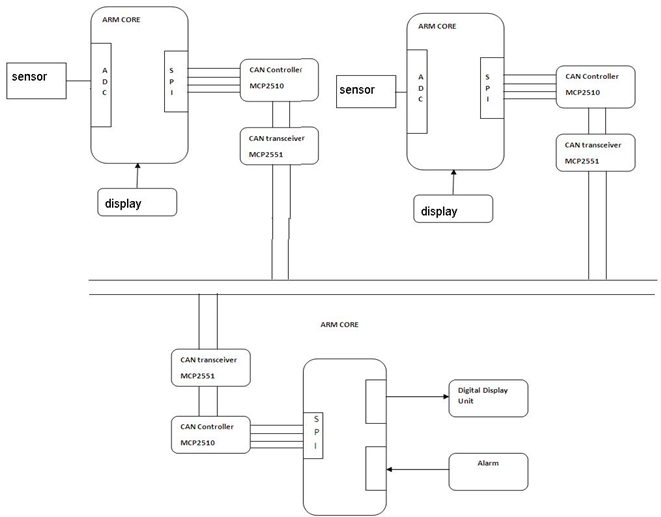
Reviews
There are no reviews yet.